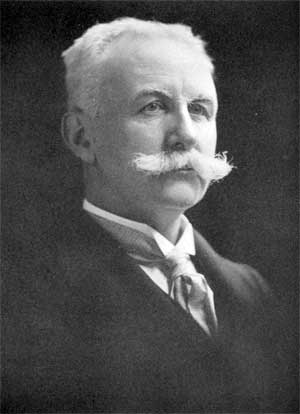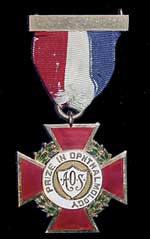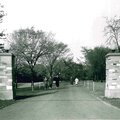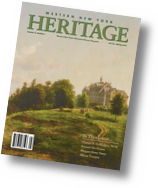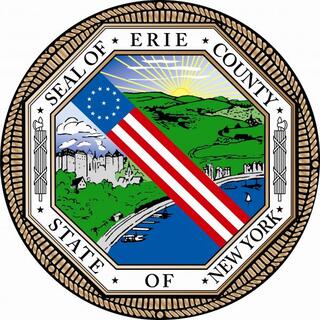Lucien Howe, internationally respected pioneer ophthalmologist, dedicated his professional life to the prevention and curing of blindess. After his medical education at Harvard, where he studied anatomy under Dr. Oliver Wendell Holmes, Howe continued his studies, moving to Scotland to study under Dr. Joseph Lister, and then on to Heidelberg, Berlin and Vienna. In 1874 he moved to Buffalo at the age of 26 and two years later founded the Buffalo Eye and Ear Infirmary. In 1879, he became Professor of Ophthalmology at the University of Buffalo.
He long campaigned for the control of ophthalmalia neonatorum, a conjunctivitis contracted by babies as they pass through the mother's birth canal. It was a cause of blindness in over ten percent of newborns and, in 1890, he was instrumental in securing passage of the Howe Bill by the New York State legislature, which required silver nitrate to be applied to eyes of newborns. The legislation encountered strenuous objections and some called it "an invasion of personal liberty." But soon after the went into effect, its value became apparent, and eventually every state passed similar legislation.
Called "serious, aloof and dignified," Dr. Howe was also fluent in five languages and read works in French, Spanish, German as a relaxing pastime. During the fifty years he and his wife lived in Buffalo, he was "the horseman most frequently seen on this city's bridle paths and in the parks. Still remembered is the distinguished figure of this man, white haired, and with white mustache, seated upon his coal black mount. When well past 70, Dr. Howe road with head erect and with hand steady and sure." [Courier-Express]
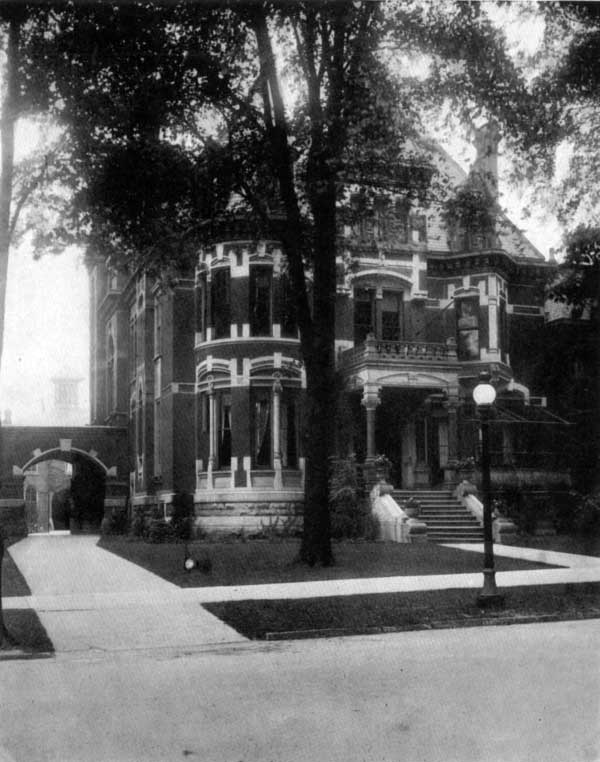
Photo of the house at 522 Delwaware Avenue, c. 1915. Image source: WNY Heritage Press, Beautiful Homes of Buffalo. Copies on sale here.
Dr. Howe moved from his former home at 183 Delaware (with attached office around the corner on Huron) into his new red brick and gray stone home at 522 Delaware Avenue in 1912, using it as office and living quarters for 14 years. Sometime around 1926, Dr. Howe sold his home to Harriet Harrington. In 1952, the Courier-Express gave this description of the home: "Architects were brought from England to design it. The architecture suggests French Renaissance, with touches from other lands. One approaches the house by a flight of stone steps leading to a small porch from which granite pillars rise...As one faces the heavy oaken double front doors, a rounded tower rises three stories on the left. From above the porch rises a second tower, four stories in height. High on the right is a triangular bay window. The roof is divided into peaks and gables. From it rise several chimneys that served the many fireplaces of the mansion. The contrasting gray stone is inlaid in the brick in ornate design.
"Through great panes of beveled plate glass set in the ample front doors, one can look into the entrance hall. The interior woodwork is of mahogany, cherry, and ebony. In the mahogany-paneled drawing room, to the right of the entrance hall, is a great fireplace surmounted by a carved mantel. From the mantel, a beautiful mirror rises to the ceiling. The woodwork of the library is ebony. Its ceiling is ornamented with an oval hand-painted design of angels done in gold. The walls are covered with tapestries and rich brocades that endure, virtually unchanged, for decades. First floor rooms included a solarium, dining room, breakfast room, kitchen, and Dr. Howe's offices and laboratories, and waiting rooms. The upper stories were divided into sleeping rooms, living rooms, and servants' quarters."
Dr. Howe estimated that he treated 100,000 patients at his clinic in his career. He published two books and 130 articles. He served as president of the New York Medical Society (1906), president of the American Ophthalmological Society (1919), and chair of the section on ophthalmology of the American Medical Association. He was also ophthalmological surgeon of the Buffalo General Hospital, where colleagues described him as "an able and daring eye surgeon."
He desired to stimulate research and competition among young researchers and practitioners in his field, establishing and funding three medals to be awarded by the above organizations.
Dr. Howe, a loyal Harvard alumnus, gave the school $250,000 in 1926 to establish the Howe Laboratory of Ophthalmology, which continues. He moved there, becoming its first director, and died two years later at the age of 80.
In 1928, the University of Buffalo and the Buffalo Ophthalmological Society established a fourth "Howe Medal" to honor his memory. It remains the most prestigious award in the field of opthalmology.
In 1952, the former Howe home was divided into one-room lodgings and small apartments. It was later demolished and is a parking lot.
Dr. Howe's Buffalo Eye and Ear Infirmary later became part of the Buffalo Eye & Ear Hospital and Wettlaufer Clinic (52 Maple Street) [its location as of 1952]. In 2010, the Wettlaufer Eye Clinic, located at Buffalo General Hospital, closed.
